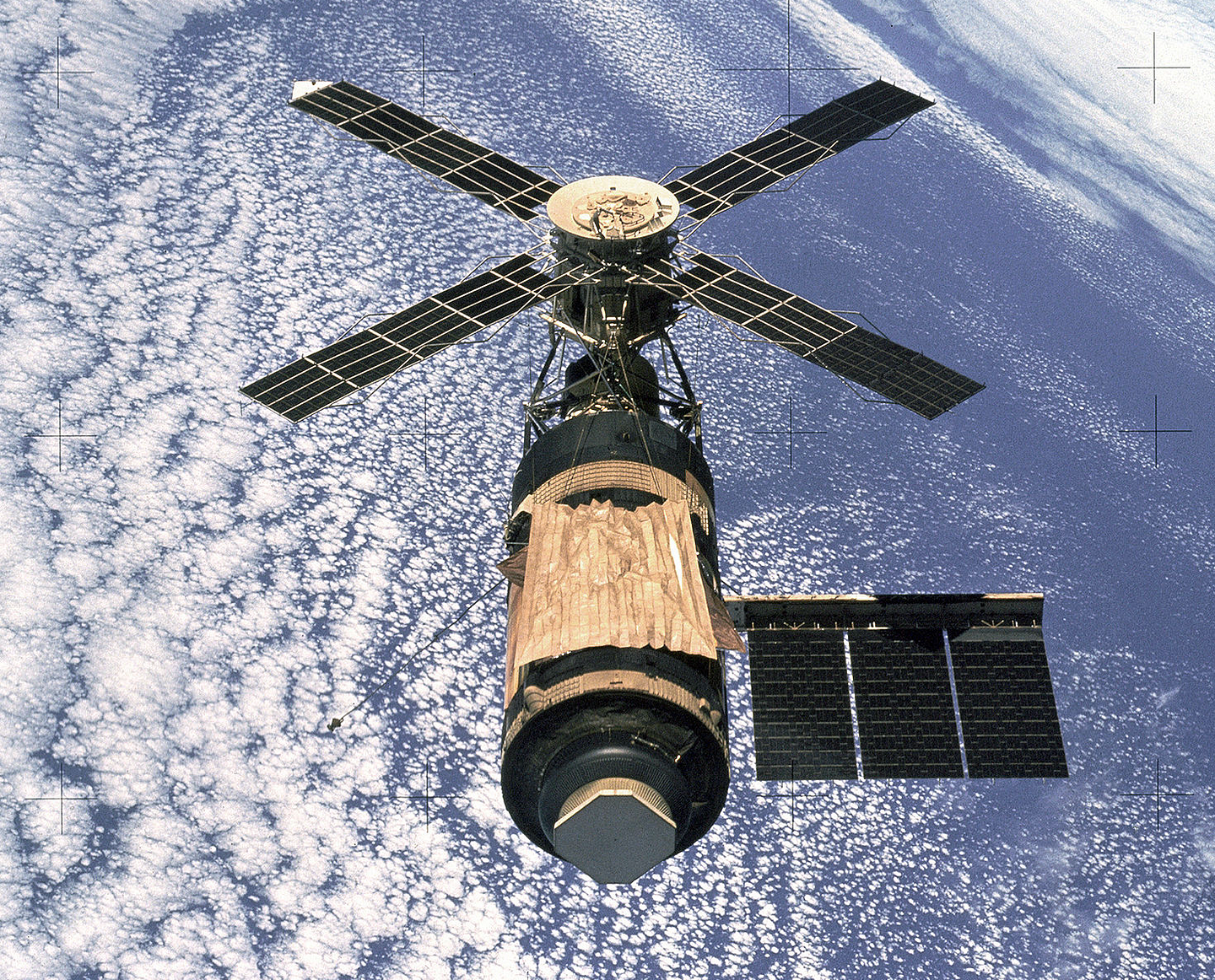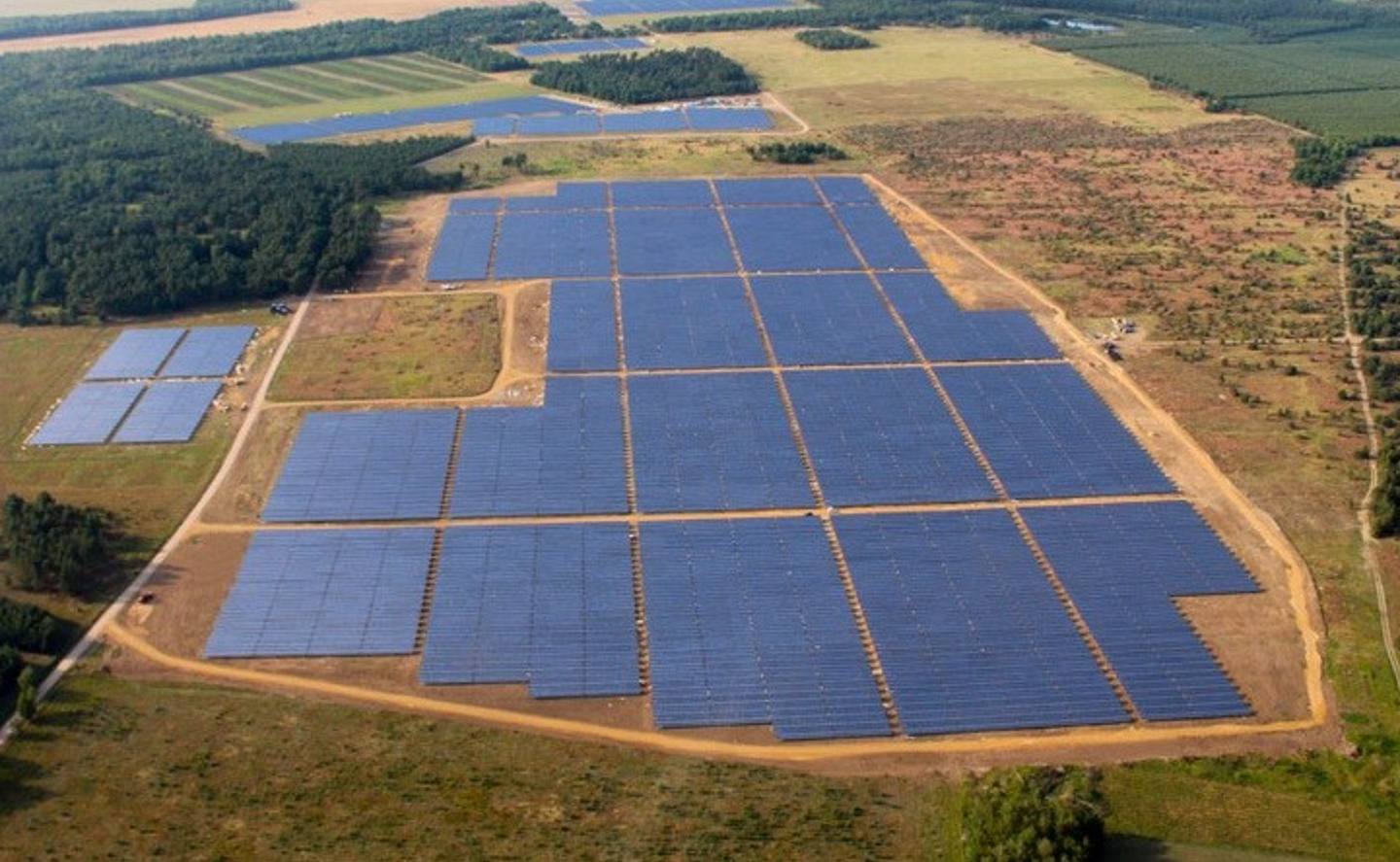What the Tech?! Solar Panels
The humble solar panel is more efficient than ever.
As our connected world has progressed, we can look for a few signs that indicate a stable, and technologically advanced community. We’ll need clean and stable water, the ability to provide medical care, the ability to communicate, and most of all, stable electricity to run everything. This can typically be fossil fuel powered, nuclear powered or supplied by some form of renewable energy. Today, we’ll be looking at one of those renewable sources by covering the solar panel. It’s provided stable power to remote regions of the world for decades, powering villages, telephone exchanges and more. In this article, we’ll explore solar in space, discuss how it unlocked the outback in Australia and look at the on orbit repair of a critical piece of space infrastructure. Let’s get started!
From Theory To Invention
If you’re not to sure about how solar generation works, then it might surprise you to learn that rather than a panel being one big cell is actually made up of lots of little cells. These cells, wired in a combination of series and parallel work together to provide the output rating of the panel. However to understand the origins of our first solar cells, we’ll have to jump back slightly and look at some history.  Cells turn into modules, which turn into panels which turn into arrays. The Circle of Solar Life. Source: Wikipedia
Cells turn into modules, which turn into panels which turn into arrays. The Circle of Solar Life. Source: Wikipedia
Like many inventions, photovoltaic energy was discovered early, but took some time to be developed into the systems we see today. Initially founded in 1839 by French physicist Edmund Becqureal the theory was quite primitive, however it did prove the initial viability of the photovoltaic theory. Research continued across the late 1800s with different methods and materials being trialed by different researchers, with much information that was theorized being able to be correctly tested for it’s viability.
A notable point in development was 1905, when american physicist Albert Einstein wrote a paper on the Quantum theory of Light. This theory included an in depth explanation of the Photo Voltaic effect and was so influential at the time, that he’d eventually win a Nobel Peace Prize for his work. This was awarded to him in 1921.
Further contributions were also made as the transistor was being discovered. Researcher Russell Ohl was able to discover the patented modern junction semi conductor solar cell while building the first transistor, effectively giving us two technological revolutions for the price of one. Not a bad days work! Solar generation was an important part of the Vanguard satellite. Source: Wikipedia.
Solar generation was an important part of the Vanguard satellite. Source: Wikipedia.
Eventually, as the 1950’s approached and the space race entered overdrive, the first working solar panels were added to the first, Vanguard satellite. Proving the theory of power generation in space, Vanguard allowed us to lay the foundations for things like Starlink, Space Based Surveillance and Communication Relay links via satellite. All things that are extremely important in today’s connected world.
Sun Powered Advancement
Once the theory was proven and the technology was established the cost benefit and affordability was dictated by two things. The power generation capability of an individual cell, and subsequently a single panel. And the cost per watt ratio to develop said cells and panel.
In the 50’s and 60’s like much new technology, it was the space race that provided the initial boost behind researching and developing new technology. Because of this, as satellites grew to be larger and more complex, their solar arrays grew larger as well, providing more power and an increasingly large surface area on spacecraft for engineers to deal with.
While this lead to beneficial effects like increased research into material development, which would drop the cost of solar in the long term, it also provided a bottleneck in research that would need to be overcome for the technology to move into the affordable phase.
Given solar provided the means for most space craft to achieve on orbit power, experimentation continued with gimbals for panels and systems that would allow the panels to track the sun as they orbited. For a while, life was good, but in 1973 disaster would strike.  Skylab showed the complexity of new systems, and what could occur when things went wrong. Source: Wikipedia.
Skylab showed the complexity of new systems, and what could occur when things went wrong. Source: Wikipedia.
The Skylab Whoopsie
Launched in 1973, Skylab was the first American space station designed for astronauts to live aboard. Using a surplus Saturn V rocket after the Apollo missions were complete, Skylab showed great promise in providing potential data to many research disciplines that could leverage space based research. Because of this, the electrical system was quite complex, consisting of life support systems and large, sun tracking solar array above and to the sides of the station.
The Saturn, was a proven performer at this point, and provided the means of configuring a large work area post launch making the concept of a live in station a workable idea. Upon launch however, despite making it in to orbit, Skylab suffered significant damage as it left the pad. It’s meteorite shield was damaged and and one solar array had been torn clean off while the other remained stuck, partly deployed. While the station was in a viable orbit, it had a large electrical deficit that would need addressing before the station was capable of human habitation.  No Longer Symmetrical. The right array was torn off after deploying prematurely. Source: Wikipedia.
No Longer Symmetrical. The right array was torn off after deploying prematurely. Source: Wikipedia.
The biggest issue faced by Skylab was that the as the station moved through orbit, the station would face large temperature variances as it moved in and out of the sun through orbit. This would make electronics inoperative but it would also cause significant issues with an occupants on board the station.
To rectify this, NASA created missions to repair the lab. The first and second, would focus on deploying the damaged arraying and repairing damage on the side that had been torn away. Then the last mission would focus on the deployment of a parasol array to provide shelter to the station as it moved through orbit. Upon completion of this mission, NASA was left with a slightly less damaged, but still very usable station. Skylab went on to provide 6 years of service before it re entered in 1979. 
Connecting the Outback
The other place that provided significant input to solar advancement was Australia. A large, dry continent with a need for simple power generation that was reliable and stand alone the countries telecommunications provider went all in on solar in remote areas.
With large numbers of remote stations to be powered, Telecom paired with the Australian CSIRO research institute and came up with a self contained design for an 80 watt panel that could be used at many of its remote backup sites.
As well as this, the CSIRO provided a number of research forums over the years that would assist the region in leveraging solar for bridging the gap over terrain. While Telecom used a number of different systems and arrays in their designs, their work played a large part in proving the viability of such systems in the commercial space. This meant that for remote sites, power was an option without the logistical footprint usually required by generators and other energy sources.  Early Telecom Australia Remote Installation. Source: solarquotes.com.au
Early Telecom Australia Remote Installation. Source: solarquotes.com.au
New Technology & Looking Ahead
It’s fair to say that as the years progressed, research and development across solar generation never really stopped. In fact, as time progressed and climate change moved into the general discussion, it became more relevant to the general discussions.
Because of both material and manufacturing improvements, when you buy a new solar panel today we see many, many differences to the panels of old. Firstly, the dollar to watt equation is substantially lower than before, with that “curve” altering significantly in the post 2000’s world.
Next, because of improved materials your array will provide it’s rated output for far longer. Solar life in current installs is typically measured in decades, and while panels degrade during their service period this degradation is far slow than had previously occurred.
Lastly the configuration of the cells within the panels means that the panels them selves become more efficient, particularly in periods of reduced or partial sunlight. The discussion around renewable energy remains pretty heated in some circles, but as the research continues and efficiency improves we can expect further advancements in terms of panel efficiency. Solar farms are more common now. This one is in Germany. Source: Wikipedia.
Solar farms are more common now. This one is in Germany. Source: Wikipedia.
We’ve also seen vast improvements in battery and storage technology as panels have been developed. While this is a stand alone technology on it’s own, this technology gives rise to both feasible energy collection as well as small scale, off grid power generation. We should expect this trend to improve in the coming years as the generation cost of electricity continues to increase.
While it’s not quite free energy, if you’re in a sunny location, it’s still appealing nevertheless!
Medium has recently made some algorithm changes to improve the discoverability of articles like this one. These changes are designed to ensure that high-quality content reaches a wider audience, and your engagement plays a crucial role in making that happen.
If you found this article insightful, informative, or entertaining, we kindly encourage you to show your support. Clapping for this article not only lets the author know that their work is appreciated but also helps boost its visibility to others who might benefit from it.
🌟 Enjoyed this article? Support our work and join the community! 🌟
💙 Support me on Ko-fi: Investigator515
📢 Join our Telegram channel for exclusive updates or.
🐦 Follow us on Twitter and
🟦 We’re now on Bluesky!
🔗 Articles we think you’ll like:
- Software Defined Radio & Radio Hacking
- OSINT Unleashed: 5 Essential Tools for Cyber Investigators
✉️ Want more content like this? Sign up for email updates here
































